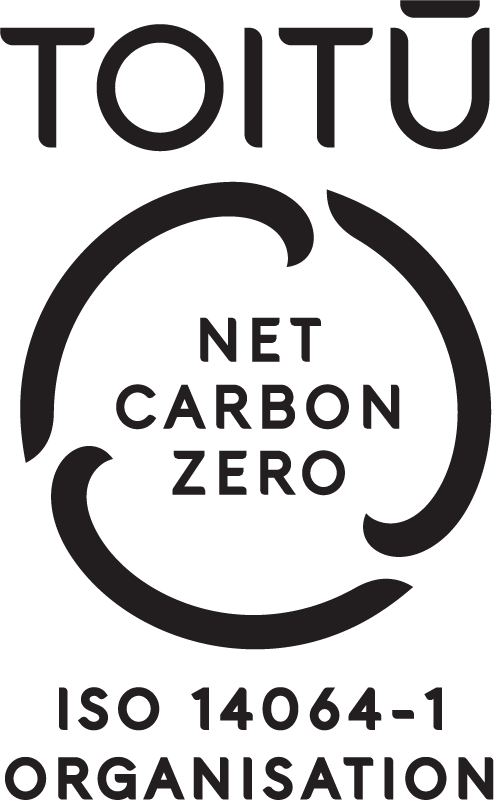
On the industry playlist: four chart-topping regulations for 2021
19 January 2021Mint Asset Management Head of Sales and Marketing, David Boyle, spins some old regulatory classics and new releases due to set the beat for the NZ financial services industry this year...
Where were you when the Financial Services Legislation Amendment Act (FSLAA) passed into law? No offence to our hard-working government officials but that’s not a question many of us can probably answer with any certainty.
Unlike the memory-enhancing power of your favourite musical moments, the passage of legislation or release of regulations rarely, if ever, remain in the brain as unforgettable events available for instant replay.
But with 2021 now officially underway, I’ve compiled a play-list of the financial regulations due for high-rotation in the weeks and months ahead: some we’ve heard a lot of already; others are relatively new to the airwaves.
Of course, these are not forecasts per se. We’ve probably all had enough of market predictions for 2021: will NZ house prices rise; can the equities bull-run continue; where will interest rates go; and, where is bitcoin in all of this?
Looking back on similar predictions made at the start of last year, I would wager that no-one had picked a NZ-wide pandemic lockdown would be followed by the sharpest drop and quickest rise in share indices, a raging house market and bank term deposit rates at .95% for one year.
No one really knows what 2021 will bring - and that’s ok. I’ve never been a fan of gambling on such predictions because more-than-likely the opposite will occur.
However, for those of us in the business of manufacturing financial products and providing advice these following regulatory numbers will undoubtedly have a major impact on how we operate in the year ahead – and it’s worth having a listen, one more time...

FSLAA financial advice regime: set your dials for March 15 when the FSLAA transitional licensing rules go live. If financial advisers have not received a transitional licence by this date from the Financial Markets Authority (FMA), they will not be able to open for business. As Katrina Shanks, CEO of Financial Advice New Zealand, puts it: “Doing nothing is NOT a strategy”. Fortunately, the message does seem to have been drummed into the industry with about 1,300 (of the expected 1,700 or so) transitional licences already granted by the FMA.
I hope that as many advisers and organisations as possible embrace the new regime, using the transitional period to assess the new legislation and whatever opportunities it offers.
KiwiSaver fees and ‘value for money’ guidance: the FMA closed off submissions on its proposed KiwiSaver fee and value for money draft guidance late last year with a final version due for release this quarter. Pleasingly, a large number of submissions landed on the FMA desk, which we hope will give the regulator pause to reconsider some of the more off-beat guidelines.
We need to have a further robust debate on this topic to ensure a better balance around fees and value for money: in particular, the industry and regulators must consider how Kiwis can gain access to affordable personalised advice when they require it.
While the cookie-cutter approach to KiwiSaver fee rules may make the market easier to regulate, that should not be at the expense of forcing all providers into creating homogenous investment products and excluding New Zealanders from good quality financial advice.
NZ investors should be able to access a range of investment styles and choices that suit their philosophies and personal circumstances. The key is making sure the products and services are true-to-label. The FMA’s new rendition of KiwiSaver fee rules could be a break-out hit in other sectors of the investment and advice markets, too: we have to get these regulations in harmony before release.
Financial product advertising restrictions: a late release by the FMA late in 2020, the regulator’s proposed new restrictions on financial product advertising are much more significant than first glances suggest.
I recall a conversation several years ago with an industry participant who suggested all KiwiSaver product disclosure statements (PDS) should bear the words, embossed in red letters – ‘You may lose all your money in this investment’.
My reply was that’s ok, as long as the warning concludes with – ‘And the sun may not come up tomorrow’.
The anecdote highlights that we need to approach all disclosure, including in advertising, with a sense of perspective. Naturally, all investment product promotion – be that on the cover of a PDS or in any form of advertising – must be factually accurate and not misleading.
But we have to strike a balance between meeting compliance standards and effectively communicating the essence of investment offers to prospective clients. Let’s face it, most Kiwis are already prone to ignore savings and investment messages without us boring them with a two-page disclaimer written in perfect legalese.
Any advertisement, whether for financial services or a dishwasher, can only be the start of the journey. For example, a simple click-through in an online ad to more product detail – which the FMA proposals will prohibit - should be more than adequate for investors who are ready to take the next step.
Submissions on FMA financial product ad rules close on February 16: go here if you want your voice heard.
Doing the default dance: coming up soon, we could see the number of KiwiSaver default providers almost cut in half. As we heard during the pre-announcement period, the government would prefer a default scheme population of five rather than the current nine.
The outcome of the review could shake the KiwiSaver industry down to the ground when it lands late in March (or early April). Undoubtedly, incumbent schemes, as well as new potential candidates, are pulling out all the stops to either retain, or gain, the prized default status.
Existing providers, of course, are keen to keep the job not only to protect future business but also to retain their remaining default members. Furthermore, there could be some material brand damage for incumbent providers who lose out in the government default scramble.
But there’s also a B-side issue to the default reset that has not received much attention to date. The transition for the current conservative asset allocation to a balanced portfolio come December this year (when the new default appointments take effect) could be an even more disruptive event – with greater consequences for members’ rather than providers.
Under the proposed change-over schedule, the shift from conservative to balanced default portfolios is due to take place over a matter of days. While the transfer protocols include a provision for delay during market instability, the en masse migration of KiwiSaver assets could still be risky.
Imagine if the transition coincided with the market volatility experienced during the peak COVID panic in March last year? The financial impact for KiwiSaver members in such a scenario could be devastating:
As I said at the outset, I don’t like gambling: my solution would be for only future default contributions to flow to the balanced portfolio while existing funds remain in the conservative pool until members choose – hopefully with advice – to shift of their own accord.
We’ll be hearing more on these and other regulatory releases I’m sure during the year ahead: stay tuned 2021 could be a year of Solid Gold Hits.
Disclaimer: David Boyle is Head of Sales and Marketing for Mint Asset Management Limited. The above article is intended to provide information and does not purport to give investment advice.
Mint Asset Management is the issuer of the Mint Asset Management Funds. Download a copy of the product disclosure statement below.


